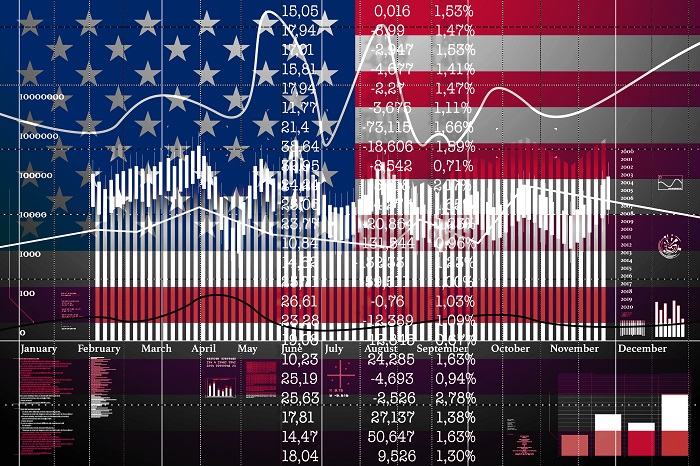Chevron is engaged in energy and chemicals operations. Upstream operations consist primarily of exploring for, developing, producing and transporting crude oil and natural gas; processing, liquefaction, transportation and regasification associated with liquefied natural gas; transporting crude oil by primary international oil export pipelines; transporting, storage and marketing of natural gas; and a gas-to-liquids plant. Downstream operations consist primarily of refining crude oil into petroleum products; marketing of crude oil, refined products, and lubricants; manufacturing and marketing of renewable fuels; transporting crude oil and refined products; and others. We show 55 historical shares outstanding datapoints in our CVX shares outstanding history coverage, used to compute CVX market cap on those dates.
Understanding the changing numbers of shares outstanding, the changing
share price, and the resulting changing Chevron market cap history over the course of time is important for investors
interested in comparing Chevron's market cap history versus its peers.
Many "beginner" or "novice" investors will look at one stock trading at a price of $10 per share and another trading at
a price of $20 per share and think the latter company is worth twice as much. Of course, that is a completely meaningless comparison without also knowing how many shares outstanding there are for each of the two companies,
and then calculating their respective market caps. Comparing the share price of Chevron versus a peer is one thing; comparing
Chevron market cap versus a peer is a completely different story.
Furthermore, via fluctuation both in per-share price and in the number of shares outstanding (via issuance of new shares over time, the repurchase of existing shares),
the market cap for a company like Chevron can fluctuate over the course of history.
With this page we aim to empower investors researching Chevron by allowing them to research the Chevron market cap history. |

